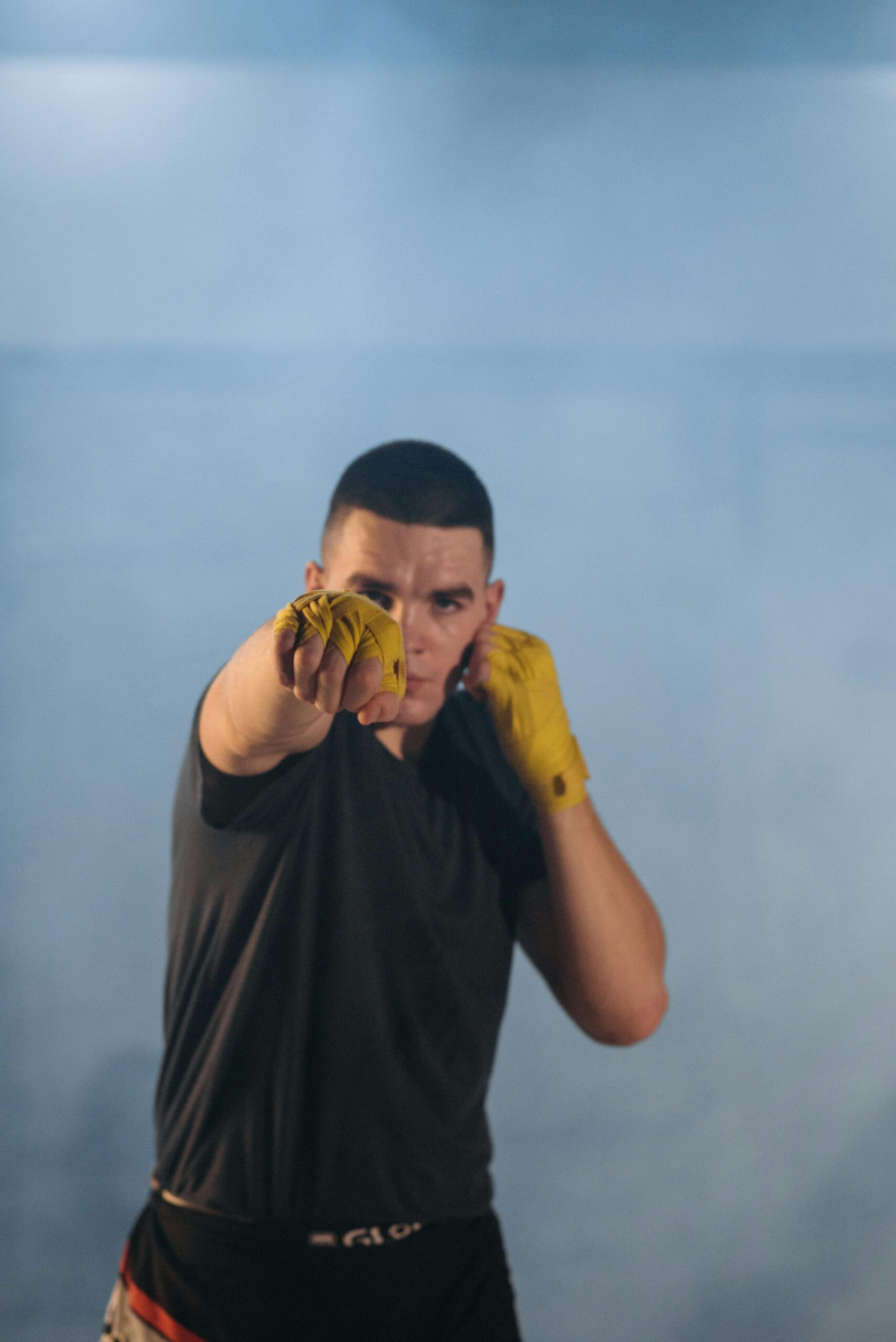Exploring the Power of Hybrid Martial Arts Conditioning
In the evolving realm of martial arts, conditioning is no longer confined to traditional methods or singular disciplines. Hybrid martial arts conditioning integrates diverse training techniques from multiple fighting styles and fitness paradigms to create a comprehensive regimen that enhances strength, endurance, agility, and mental fortitude. This approach acknowledges that modern martial artists require well-rounded physical capabilities, blending striking, grappling, explosive power, and cardiovascular resilience. By merging elements from boxing, Brazilian jiu-jitsu, Muay Thai, wrestling, and functional fitness, hybrid conditioning empowers practitioners to perform at peak levels across various combat scenarios. This article delves into the core components of hybrid conditioning, discusses essential training modalities, and explores the benefits and challenges of adopting a multifaceted conditioning program for martial artists seeking versatility and superior performance.
The Foundations of Hybrid Conditioning
Hybrid martial arts conditioning begins with a solid understanding of the physiological and technical demands of different combat styles. Unlike traditional training focused on one discipline, hybrid conditioning targets multiple energy systems—anaerobic for explosive power, aerobic for endurance, and neuromuscular for precise coordination. Strength training is tailored to enhance both maximal force and muscular endurance, using compound movements like deadlifts, squats, and kettlebell swings integrated with plyometrics. Mobility and flexibility exercises are included to reduce injury risk and improve range of motion, crucial for executing diverse techniques effectively. Fundamentally, this conditioning approach involves a strategic balance of intensity, volume, and recovery, ensuring that martial artists develop versatile physical attributes without overtraining.
Integrating Cardiovascular and Combat-Specific Training
Cardiovascular endurance is paramount in martial arts, where the ability to sustain high-intensity efforts over rounds can determine fight outcomes. Hybrid conditioning combines traditional steady-state cardio with high-intensity interval training (HIIT) tailored to mimic combat rhythms. For example, sprints and battle rope workouts simulate explosive bursts, while longer runs and rowing sessions build aerobic base. Combat-specific drills, such as pad work, bag rounds, and live sparring, are interwoven with these cardiovascular elements to ensure conditioning is contextually relevant. The cognitive load during these drills — managing timing, distance, and tactical execution — also enhances fight intelligence alongside physical fitness.
Strength and Power Development Through Functional Training
Developing strength and power in hybrid martial arts conditioning goes beyond lifting heavy weights. It emphasizes functional movements that transfer directly to combat situations. Olympic lifts like cleans and snatches enhance explosive hip power essential for strikes and takedowns. Bodyweight exercises such as plyometric push-ups or jump squats build reactive strength and speed. Training protocols often prioritize unilateral exercises to correct imbalances and improve coordination, reflecting the asymmetric nature of fighting. Moreover, incorporating resistance bands and weighted implements can simulate the dynamic resistance encountered when grappling or delivering powerful strikes, fostering adaptability and resilience in real combat scenarios.
The Role of Recovery and Mental Conditioning
Hybrid conditioning demands a commitment not only to intense physical work but also to strategic recovery and mental resilience. Rest and active recovery—such as yoga, mobility flows, or light swimming—help mitigate cumulative fatigue and prevent overtraining. Nutrition and sleep hygiene are integral, fueling performance and aiding muscle repair. Mental conditioning techniques, including visualization, meditation, and breath control, bolster focus and stress management, which are critical during high-pressure fights. Integrating psychological training into the routine empowers martial artists to maintain composure, process stimuli effectively, and optimize decision-making under fatigue or stress.
Adapting Hybrid Conditioning to Individual Goals and Styles
While hybrid conditioning offers a comprehensive framework, individualization remains key for optimizing results. Trainers and athletes must assess the unique demands of their preferred martial art(s), competitive goals, and personal physical traits when designing programs. For instance, a striker may prioritize explosive upper-body strength and agility, whereas a grappler might emphasize core endurance and grip strength. Periodization—structuring training phases into building, peaking, and recovery cycles—ensures continuous progress and prevents plateaus. Customizing hybrid conditioning while maintaining its integrative philosophy allows martial artists to evolve holistically without compromising specific skill sets or risking burnout.
By embracing the concept of hybrid martial arts conditioning, practitioners unlock unprecedented levels of physical capability and combat adaptability. This multifaceted approach synthesizes endurance, strength, power, mobility, and mental toughness into a single cohesive training framework, bridging the gaps left by traditional single-discipline routines. The strategic blend of cardio, functional strength, skill-specific drills, and psychological conditioning creates a robust platform for improved performance and injury prevention. Ultimately, adopting hybrid conditioning transforms martial artists into versatile, resilient competitors equipped to excel across the diverse demands of modern combat sports.
